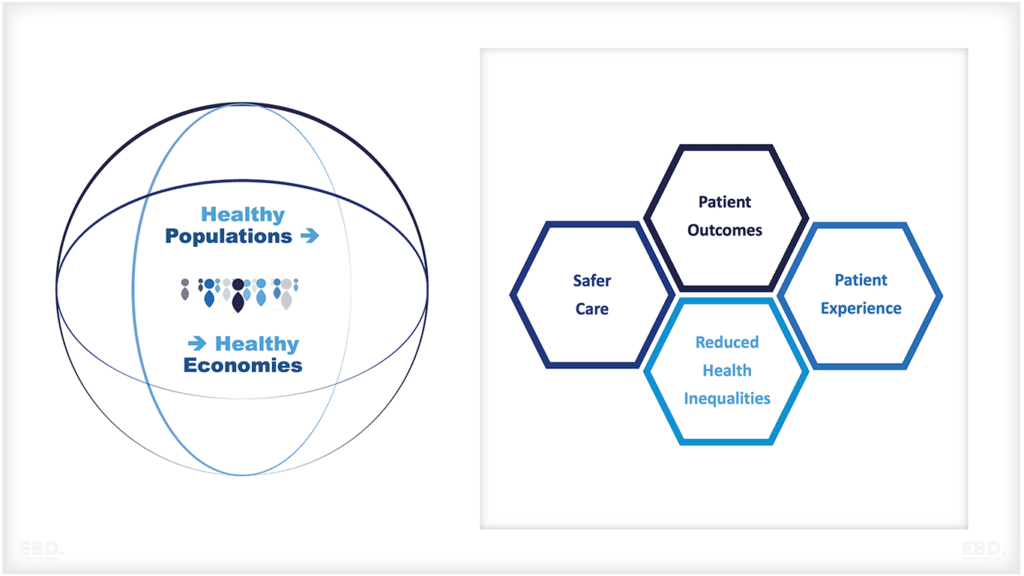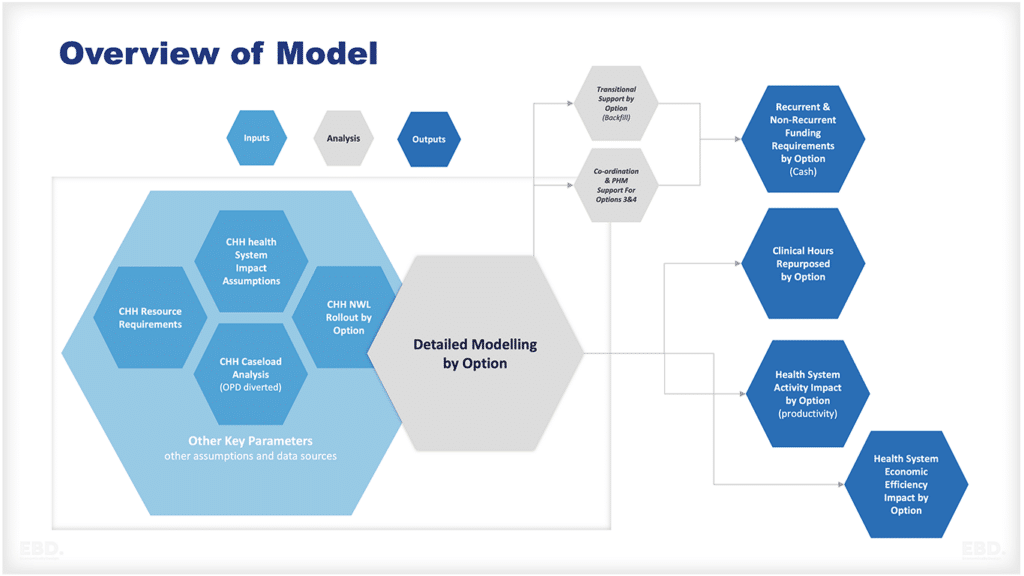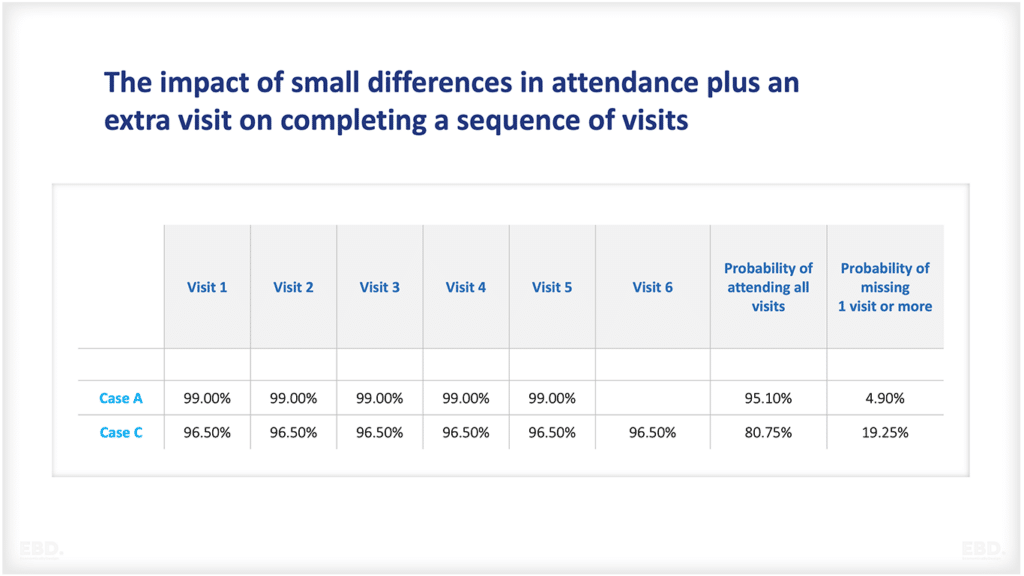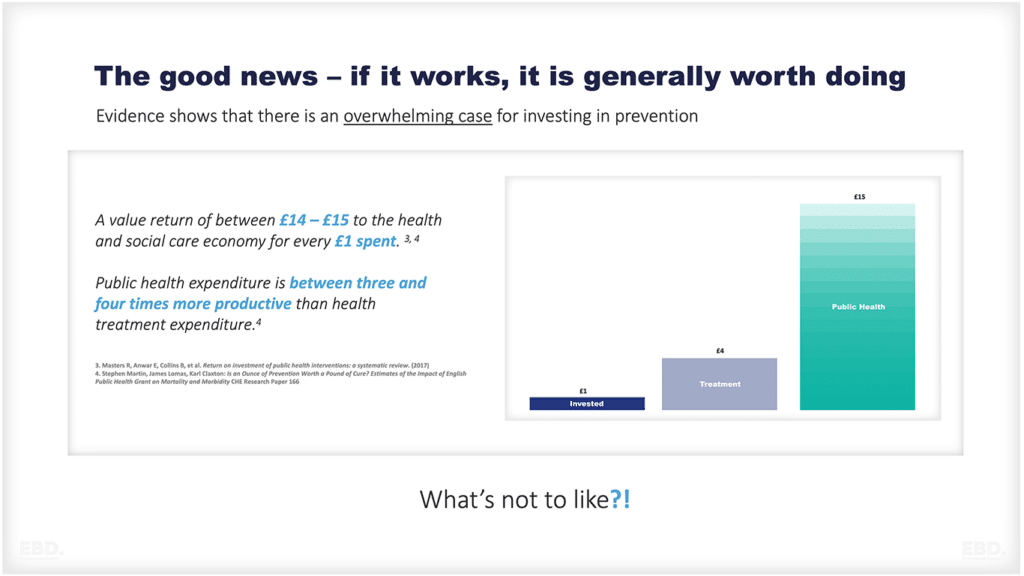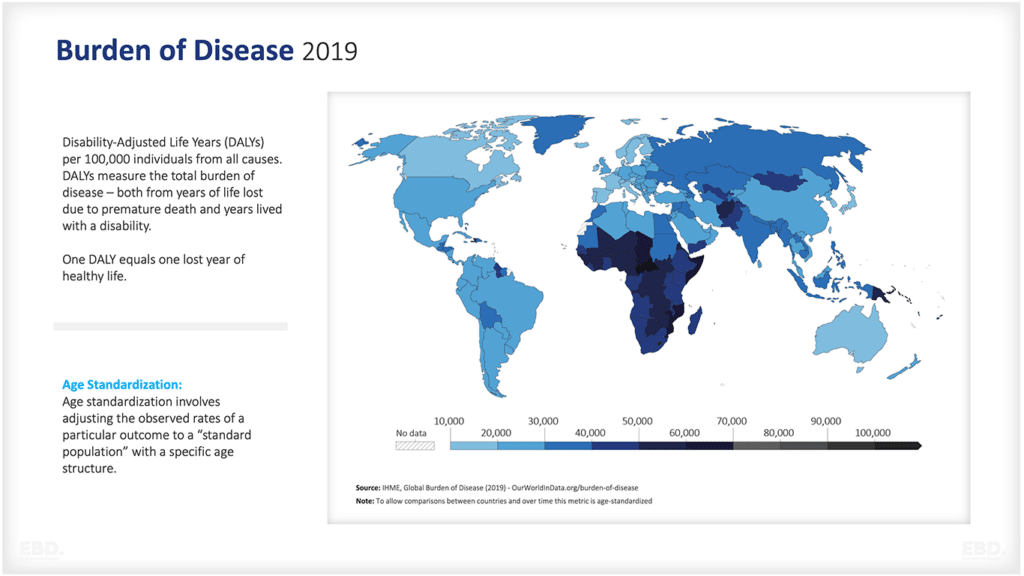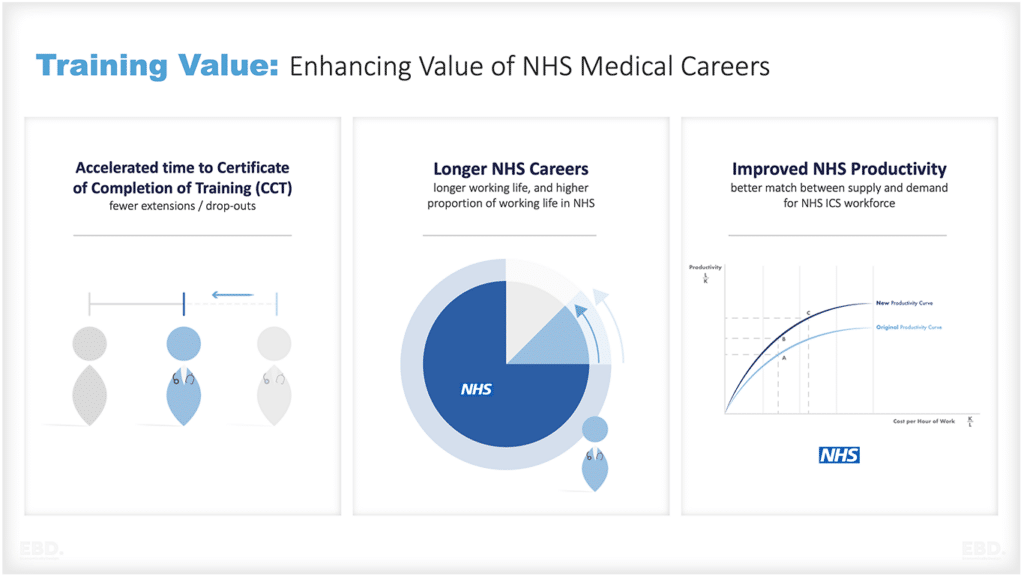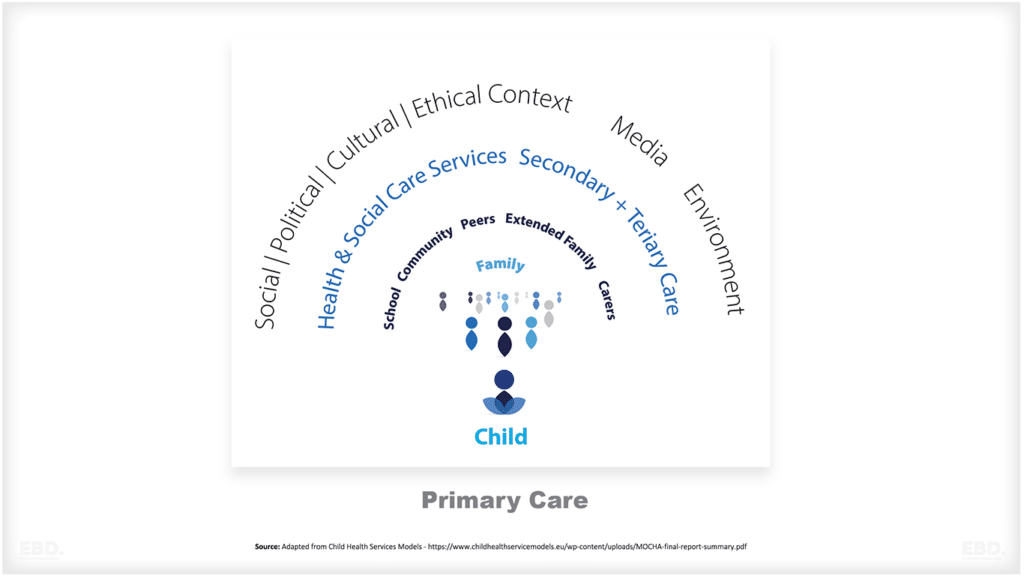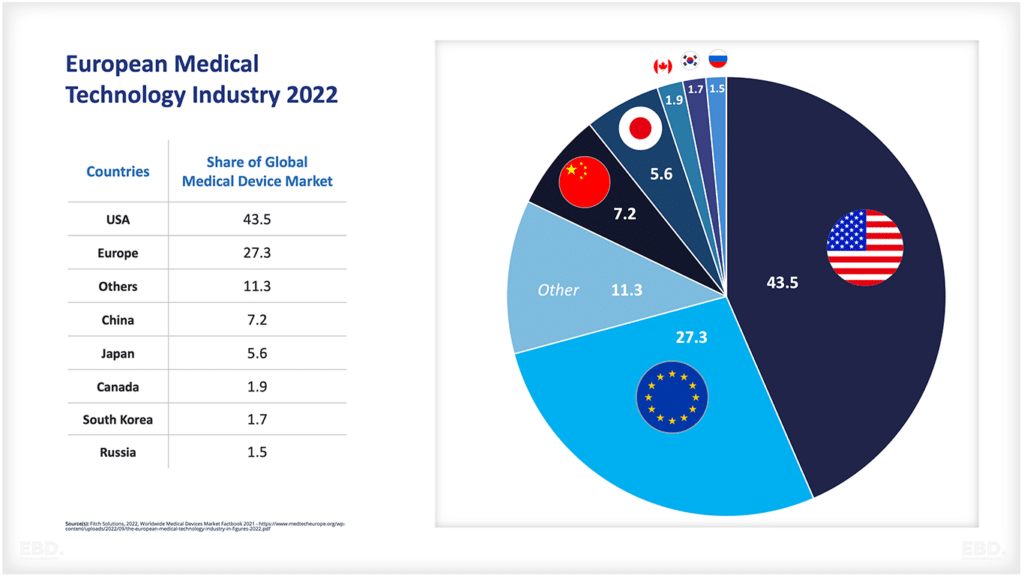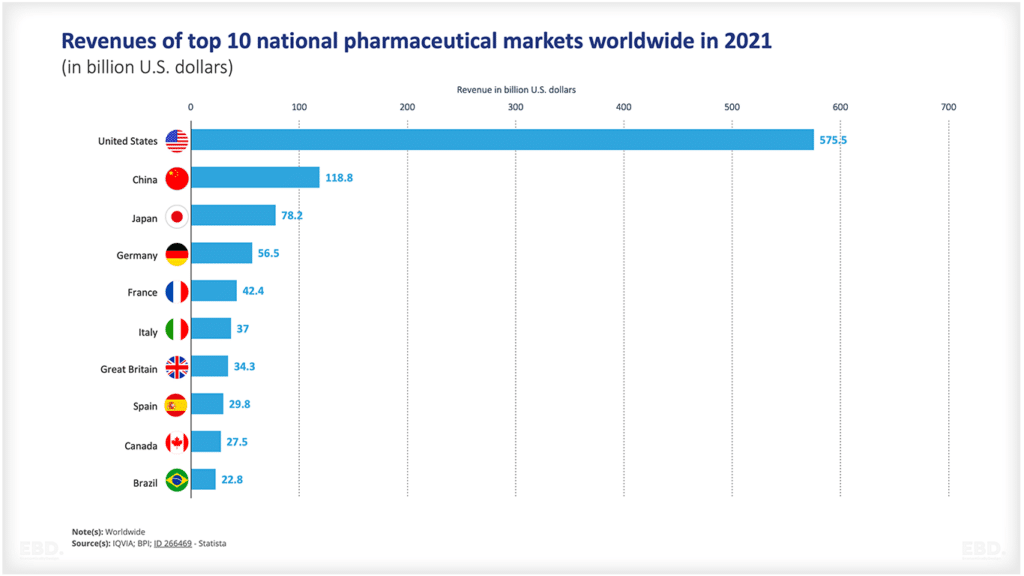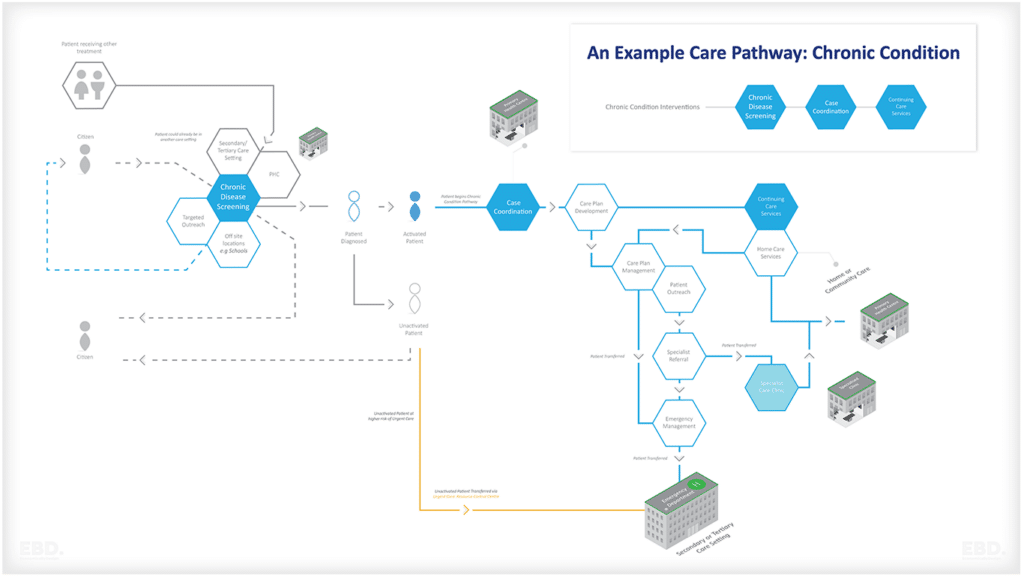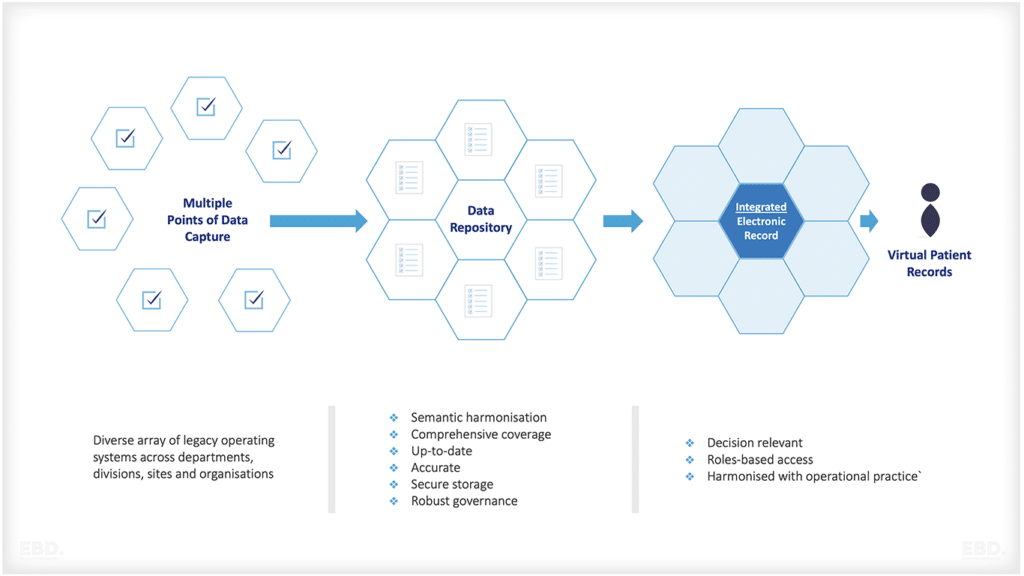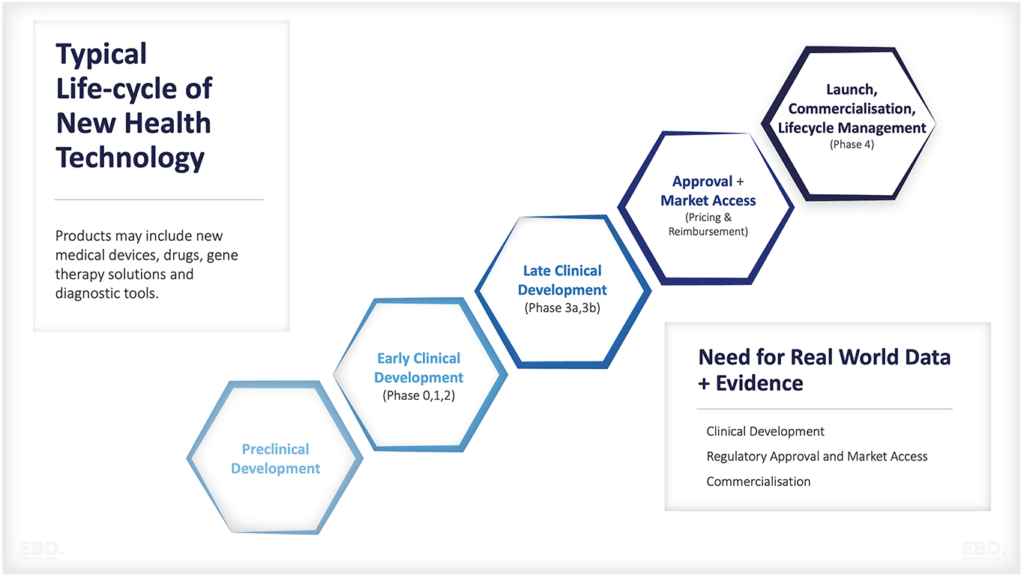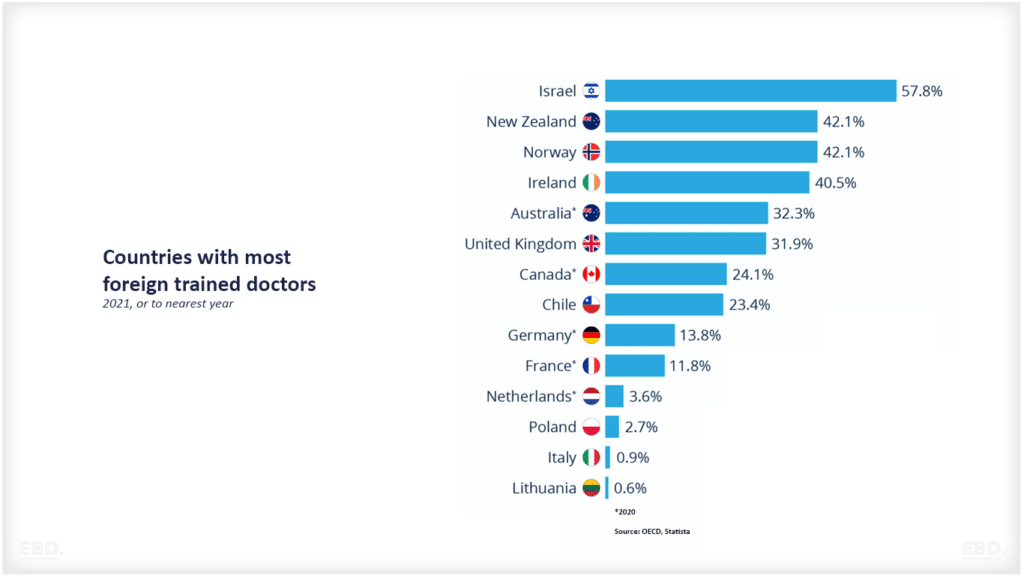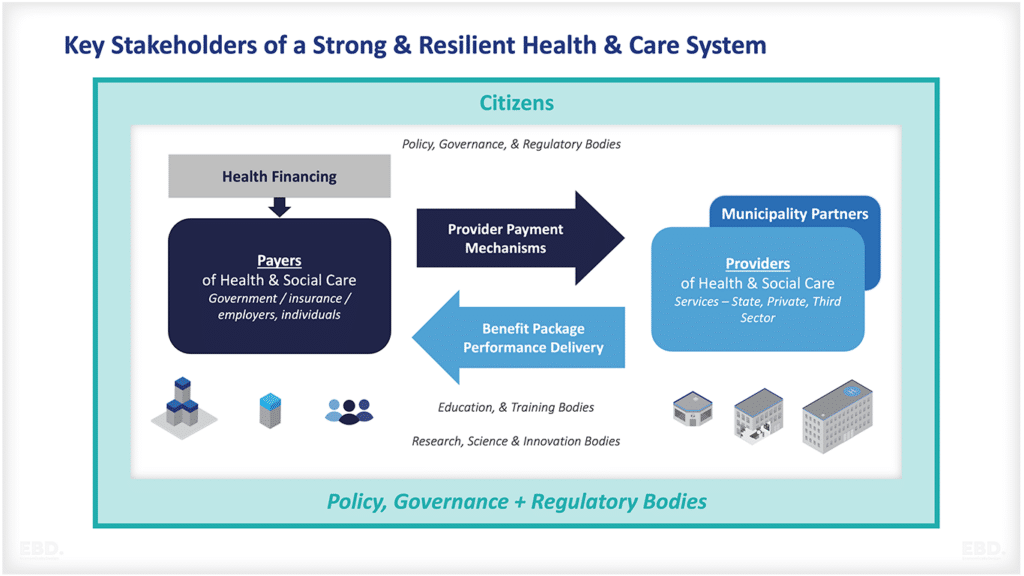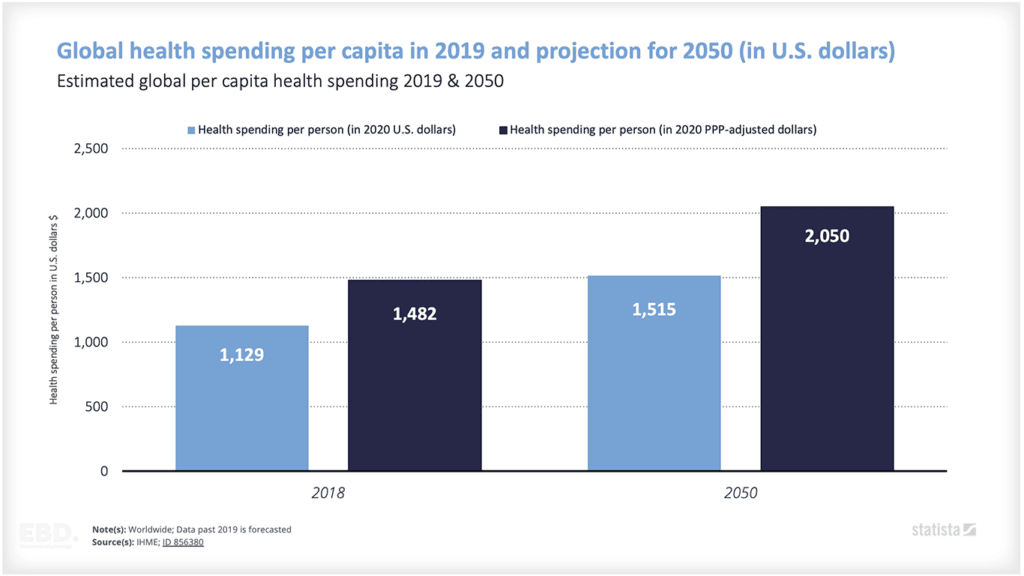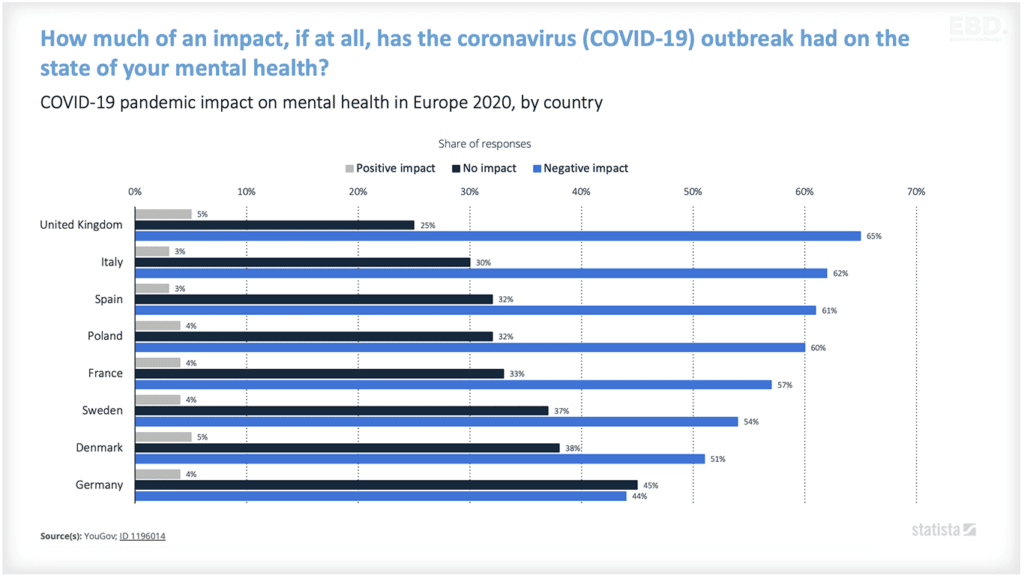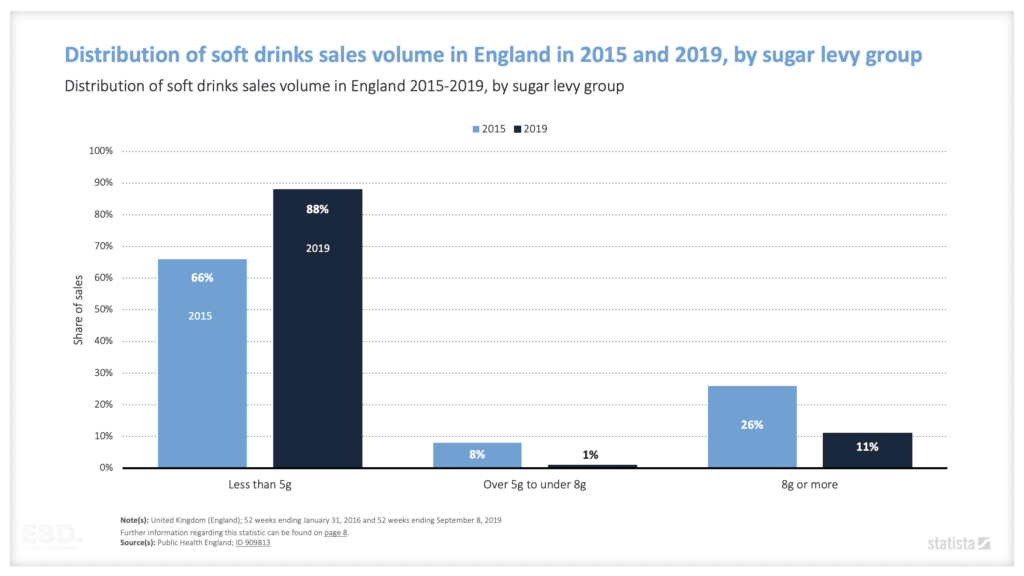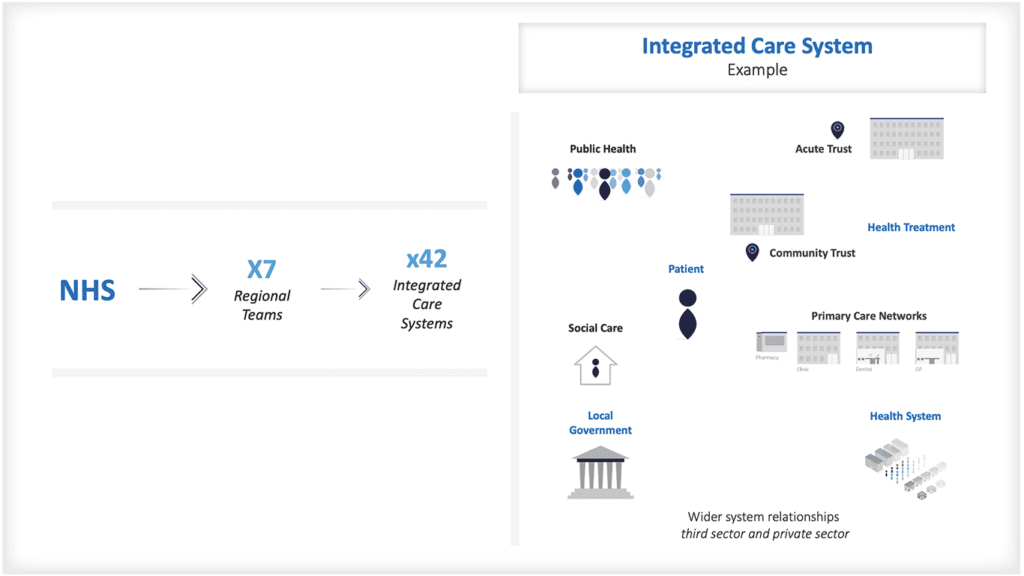Workforce Planning
Workforce planning in healthcare isn’t just about getting the numbers right, it is about maximising return on investment. Support of the workforce is vital if we are to keep up with demand and improve population health.

It has become glaringly obvious during the COVID-19 pandemic that societal value depends on a healthy population. A healthy population is driven by a high performing and diverse health professional workforce.
What Drives the ‘market’ for Health and Care Professionals?
At its simplest, the scale of demand for the health workforce and the relative mix of skills, experience and expertise is driven by underlying population health, treatment and care needs, models of health and care, health and care system design and funding.
The scale and diversity of supply of the health and care workforce are driven by education and training, the financial and non-financial rewards from employment, and how these compare with other career choices.
Of course, it isn’t as simple as that.
- There are over 350 different health and care professional careers[1]. Each of these will have different drivers of demand and supply.
- Health and care professionals don’t work in isolation, they combine into multi-professional, multi-disciplinary teams across care settings, care pathways, and geographical networks and utilise medicines, devices and other technologies and physical infrastructure to deliver services. Context matters when measuring value.
- Depending on the role, it can take many years of training to reach career goals. Training is expensive both for the individual and the employer. The PSSRU estimate the cost of training an NHS consultant to be more than £500,000[2] with graduate and post-graduate training taking around 12-13 years minimum. To add to the complexity there is a labyrinth of funding streams to support trainees and employers with these costs, and these are not consistent across professions.
- In the NHS pay levels are generally set nationally. Given the chronic levels of vacancies in some disciplines and service areas, and relatively high use of agency or locum staff for key professional groups, these are likely to fall some way short of the genuine market price for this resource[3].
- Globally there is a chronic shortage of health professionals – forecasts suggest a shortage of 18m by 2030 mainly in low to middle-income countries. Developed countries have a role to play in helping to address this shortage and not simply relying on overseas staff to plug gaps in local supply.
What Drives the Value of Health and Care Professionals?
For an Integrated Care System (ICS), to get maximum value from investment, considerations about how best to leverage the value of the health and care workforce must be very high on the agenda. Workforce planning isn’t just about getting the numbers right[4], it is also about health economics. Maximising return on investment from the development and support of the workforce is vital.
There are many strategies that employers within the ICS can invest in:
Increase Supply
(e.g. retention strategies and strategies that encourage a return to practice)
Develop Skills
(e.g. higher and post-graduate training)
Deploy New Ways of Working
(e.g. multi-professional teams)
Utilise New Roles
(e.g. through advancing practice)
Improve Leadership
(Impacting organisation design, culture, rewards and incentives, staff morale, working experiences)[5].
All these strategies involve investment in resources, such as time and technology. All can be measured in terms of the short- and long-term economic value they add to the health (and care) system and wider society. All require investment funding, some of which will need co-ordinating or support by the ICS, rather than individual provider organisations. This needs to be integral to the workforce development programme.
Let’s start incorporating health economics into workforce planning and demonstrate the return on investment from the development and support of the workforce, for the benefit of staff, patients and the health and care system.
[1] //www.healthcareers.nhs.uk/explore-roles
[2] //www.pssru.ac.uk/pub/uc/uc2020/5-sourcesofinfo.pdf
[3] //nhsfunding.info/symptoms/10-effects-of-underfunding/staff-shortages/
[4] Lewry, C. et al “The Bumper Book of Health and Care Workforce Planning”, 2021.
Note.
This is an abridged version of a blog by Jacque Mallender, originally featured by Tricordant in January 2022


